Who Was Babe Paley?
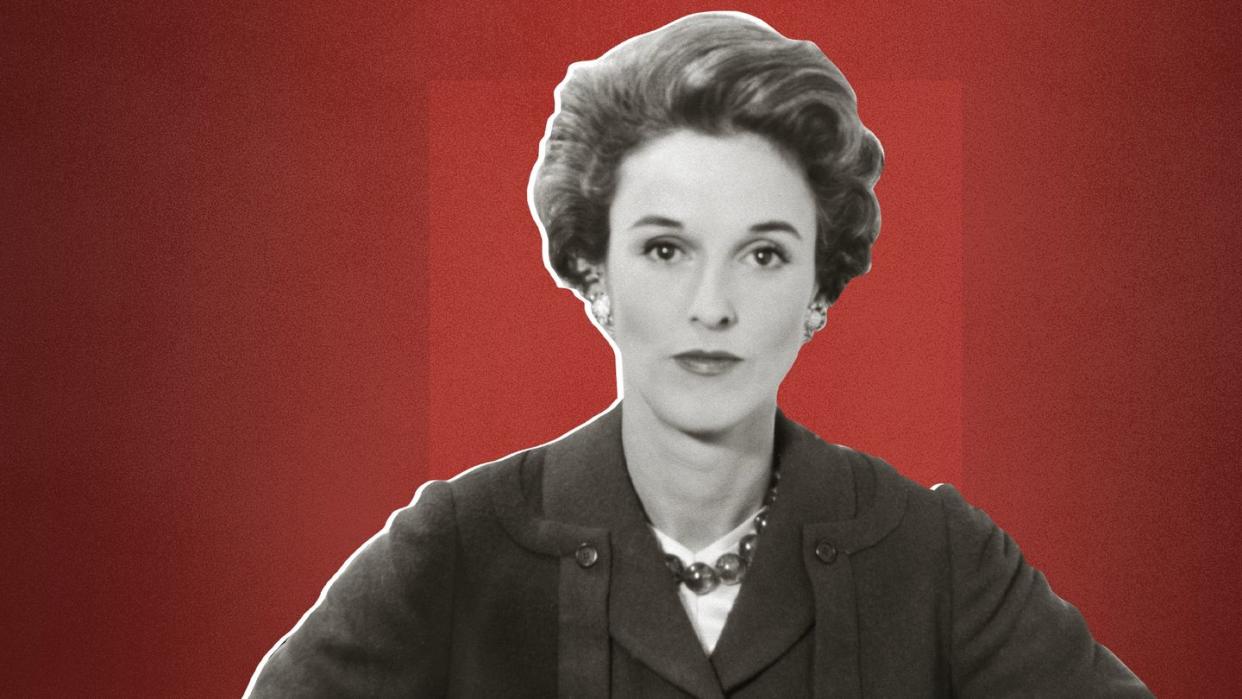
Babe Paley, according to Truman Capote, had only one flaw. "She was perfect," he said. "Other than that, she was perfect." Perhaps one could see this perfection in the black-and-white 1957 portrait of Paley by Richard Avedon. Or, the one in 1967. Or, perhaps in the portrait of her at her home in Jamaica by Slim Aarons. You get the point.
The American socialite was chief among Truman Capote's Swans, the group of glamorous women that held court in midcentury New York high society. To summarize her claim to fame: style. Paley was a master of it. She was the epitome of glamour, despite her notoriously unhappy marriage, and Capote, along with the world's biggest fashion designers, found her irresistible. Naomi Watts portrays Paley in Ryan Murphy's Feud: Capote vs. the Swans. Below, is a deep dive into one of America's greatest grand dames.
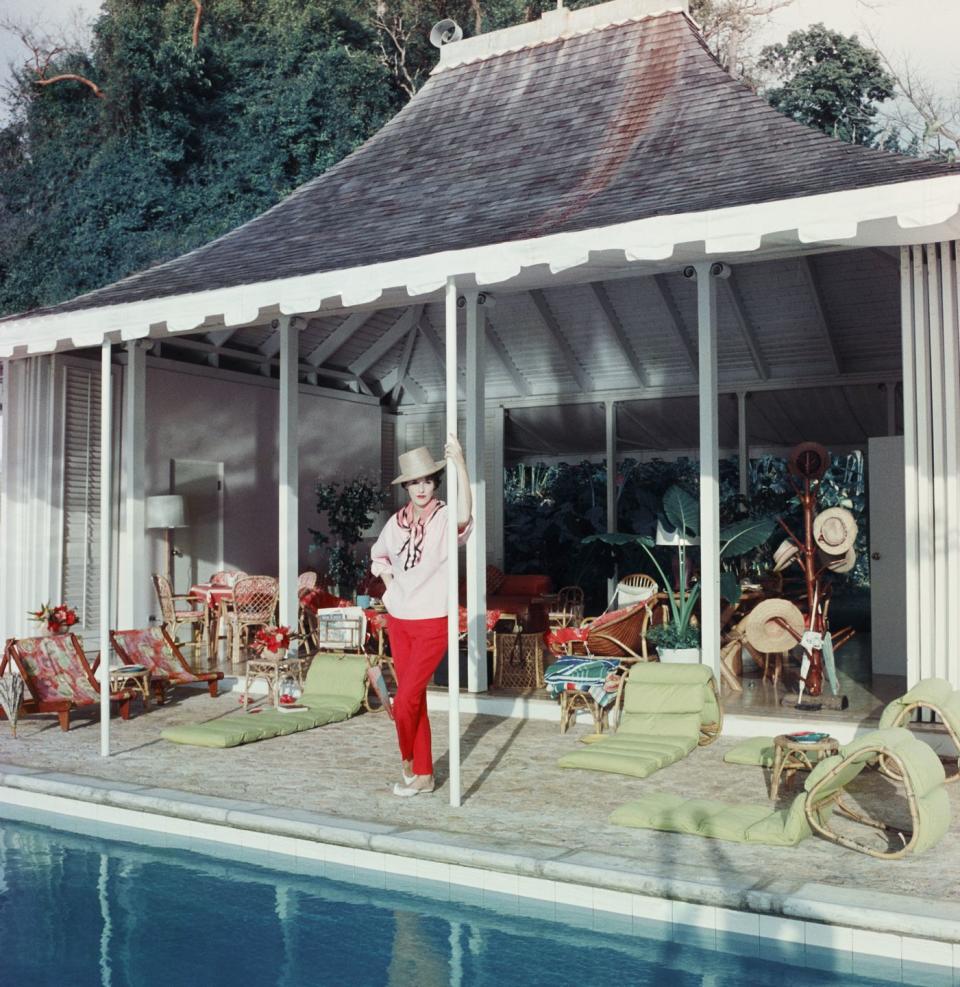
Her Pedigree
Barbara Cushing Mortimer Paley, born Barbara Cushing, was born in Boston, Massachusetts on July 5, 1915 to the brain surgeon Harvey Cushing and Katharine Stone. Cushing had two older sisters, Mary and Betsey. Barbara was a student at the Westover School in Middlebury, Connecticut, and completed her high school education at Winsor School in Boston in 1934. She made her debut as a debutante in Boston on October 1934, and the sons of President Roosevelt attended.
Together, Babe, Mary, and Betsey were known as the "Fabulous Cushing Sisters" in New York high society because each married tremendously wealthy and powerful men. Mary married Vincent Astor, Betsey married James Roosevelt, the son of Franklin D. Roosevelt, and Babe married Stanley Grafton Mortimer Jr. (an oil heir from a prominent family) in 1940. They had two children together, but the marriage ended in 1946.
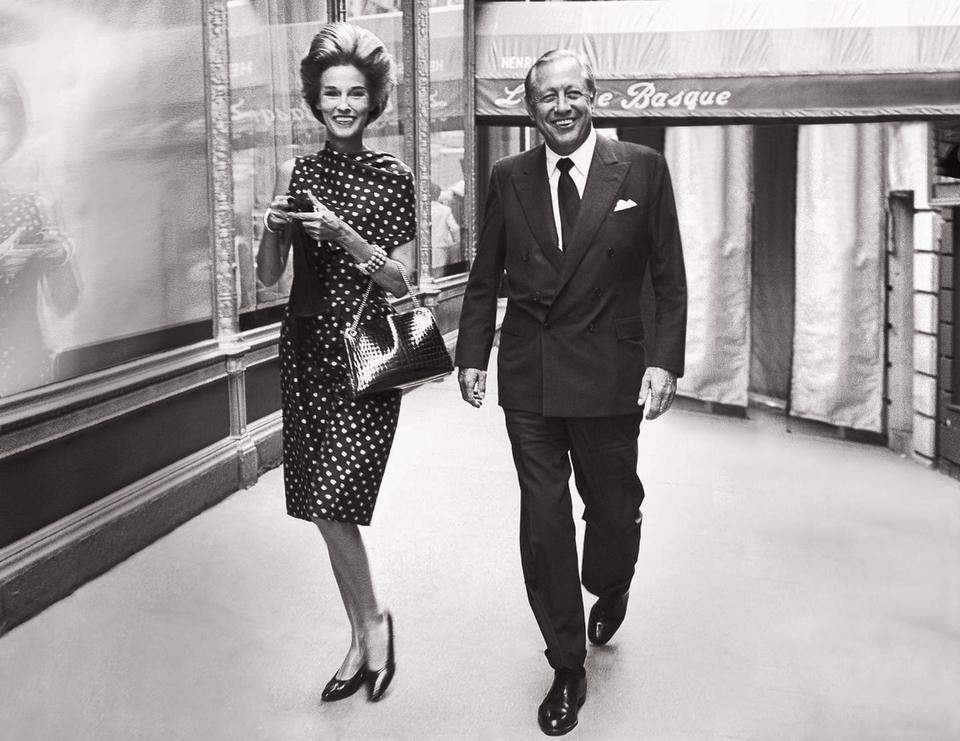
That same year, she met William Paley, the founder of CBS, who had recently divorced Dorothy Hart Hearst. Babe and William seemed like an ideal match: she sought security through wealth, while he sought acceptance to New York's cafe society which had before excluded him.
Her Style
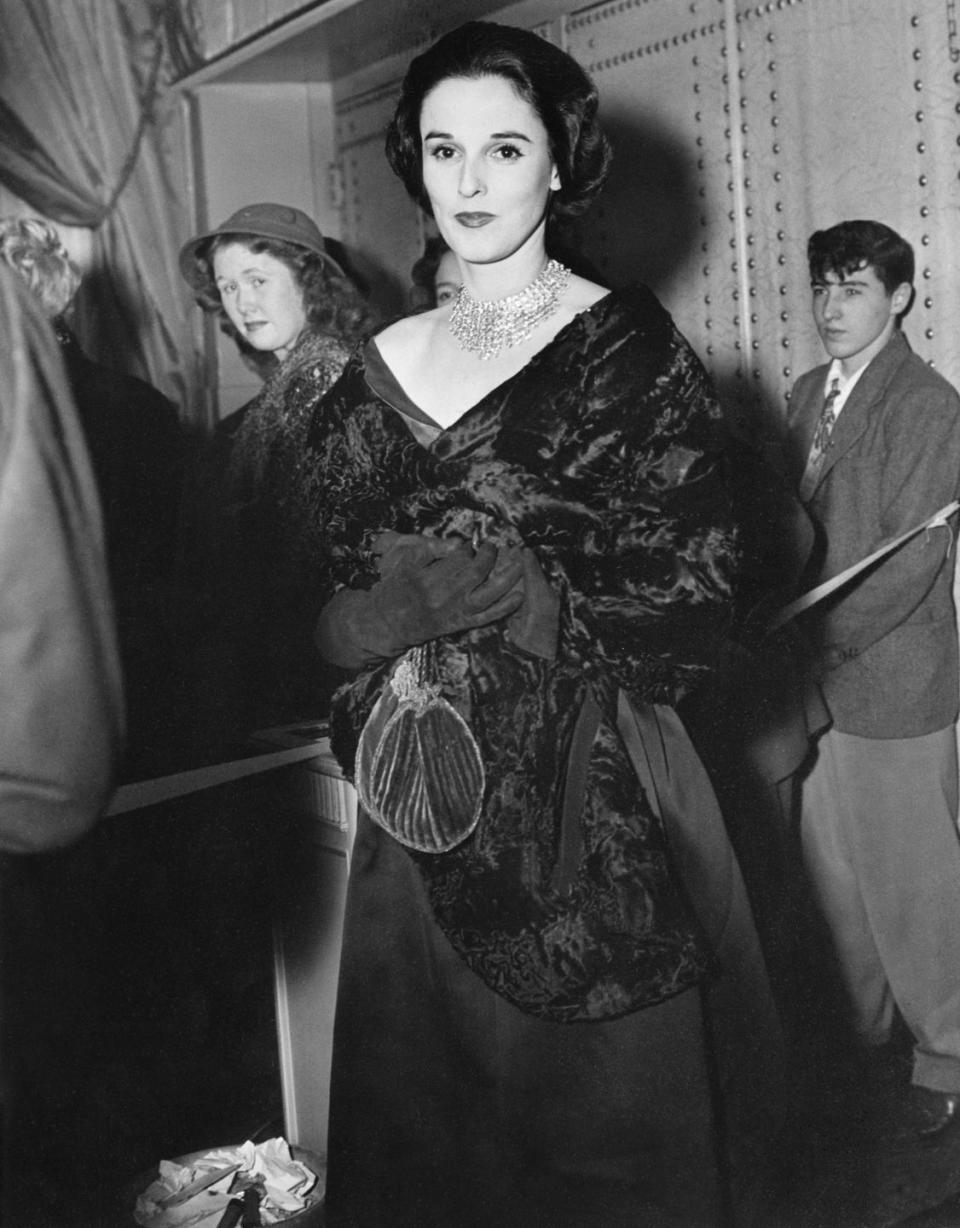
Babe Paley is best known for a sense of style that was considered unconventional at the time, but has proven highly influential. For example, a photograph of Paley tying a scarf around the handles of her handbag created a trend that endures today. She often mixed precious jewelry by the likes of Jean Schlumberger and Fulco di Verdura with costume pieces, and her wardrobe was comprised of Balenciaga, Valentino, and Givenchy.
Paley was known to be a symbol of elegance. Not just with the crispness of her hair or makeup, but with her body language. It was known that she kept her expressions close to her body, adding to her air of sophistication. (Before moving to New York, she was involved in a car accident that reportedly knocked out her teeth and left her with facial scarring; some people said, however, that she was more beautiful after her post-accident reconstructive surgery than before.)
Aside from her sartorial choices, the one-time Vogue editor had an array of residences that embodied her timeless style. She had a villa in Jamaica, another in the Bahamas, a camp in New Hampshire, and Kiluna Farm on Long Island. She famously had an apartment at the St. Regis Hotel that was designed by Billy Baldwin and converted into a haven of Louis XVI treasures.
Her Fame
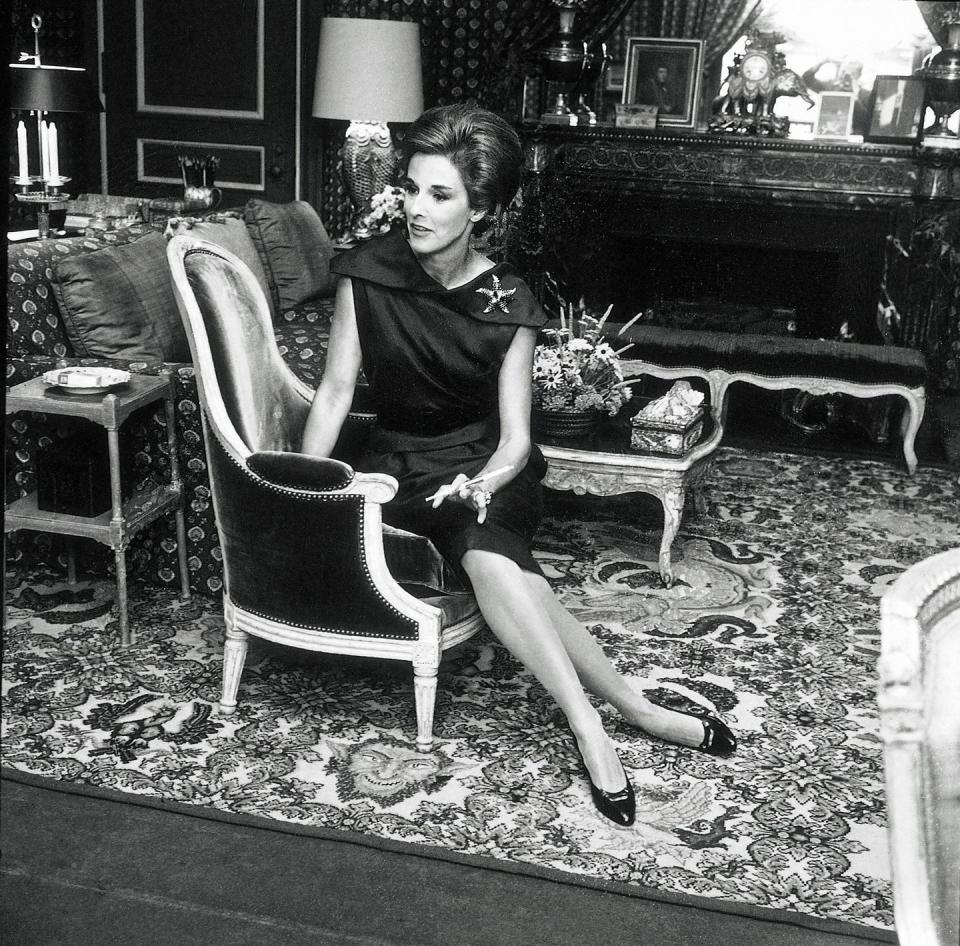
Recall the end of episode one of the Netflix series Halston: The unknown buyer, the one that ultimately saved Halston's struggling label after she bought one dress in every color, was Babe Paley. That level of influence was not an exaggeration. She was named on the International Best Dressed List 14 times before entering its Hall of Fame in 1958.
Her Friendship with Capote
Truman Capote and Babe Paley met in the mid-1950s by accident. Capote's friends, David and Jennifer Selznick, were invited for a weekend at the Paley's house in Jamaica. Beforehand, they asked if they could bring "Truman" along. Bill Paley said that it wouldn't be a problem and that it would be "an honor."
On the day of the trip, Bill was startled and confused to meet the five-foot-three Truman. During the flight, Bill mentioned to David that he thought he meant Harry Truman. "This is Truman Capote," David said. "The Great American Writer." From that moment on, Capote and Babe forged a deep friendship that lasted more than two decades. Babe offered a glamorous reality for Capote, and in return, the writer was her closest confidant.
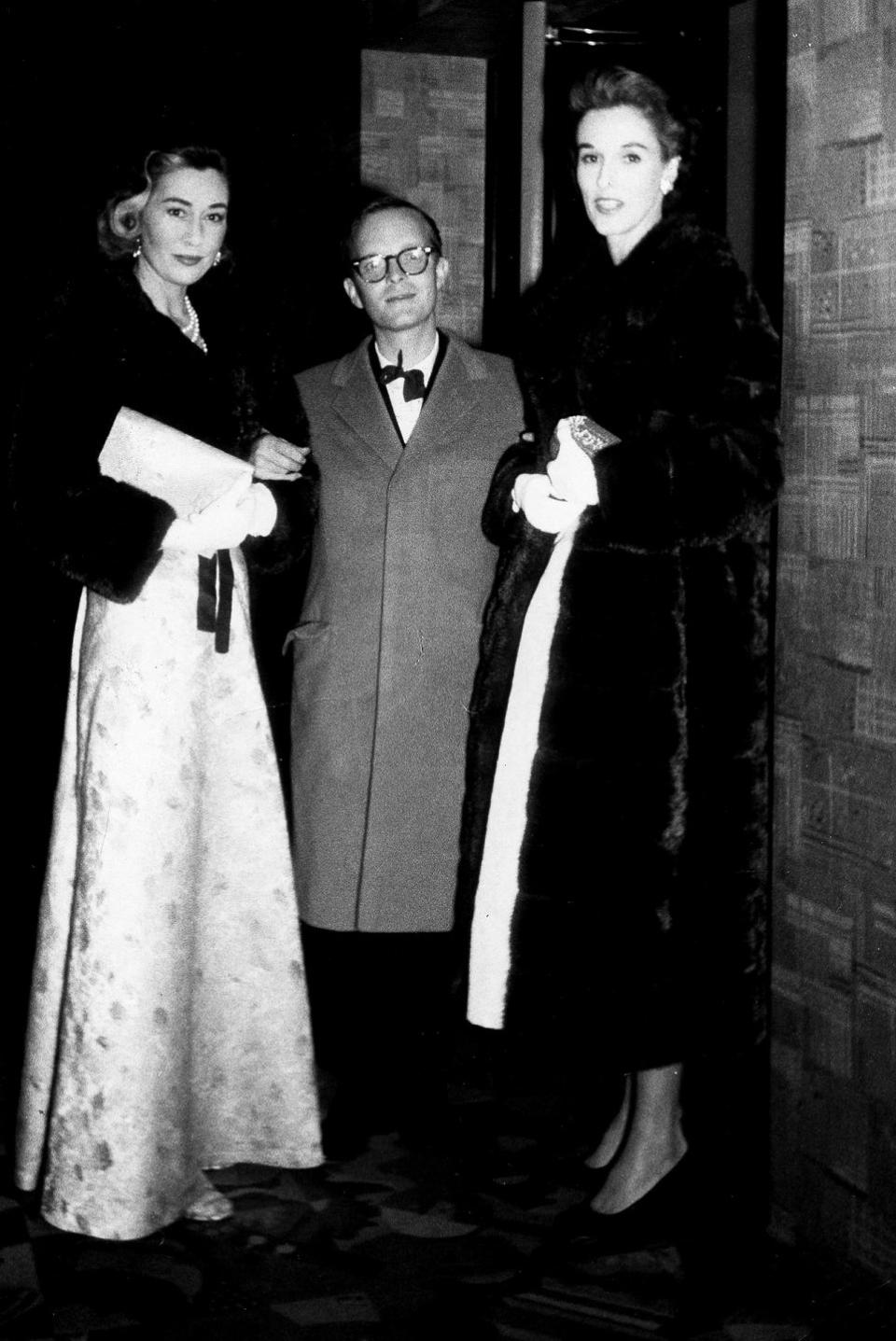
This friendship ended tragically in 1975 when Capote Published "La Côte Basque, 1965," an excerpt from his unfinished novel, Answered Prayers, in Esquire. In the excerpt, the character Lady Ina Coolbirth shares stories of her high-society friends over lunch. One of these stories tells a thinly veiled story about the Paleys: a media tycoon who has an affair and tries to wash a stained bedsheet before his wife gets home. The situation was eerily close to a secret story Paley once shared with Capote, and she never spoke with him again.
You Might Also Like

